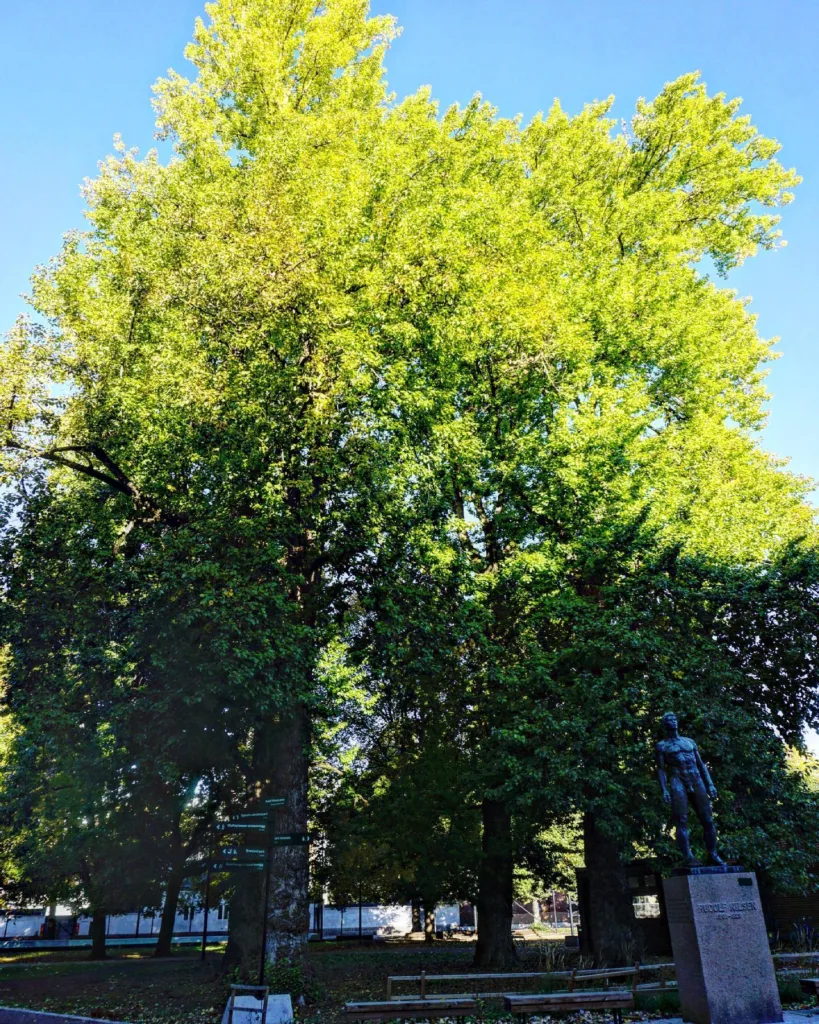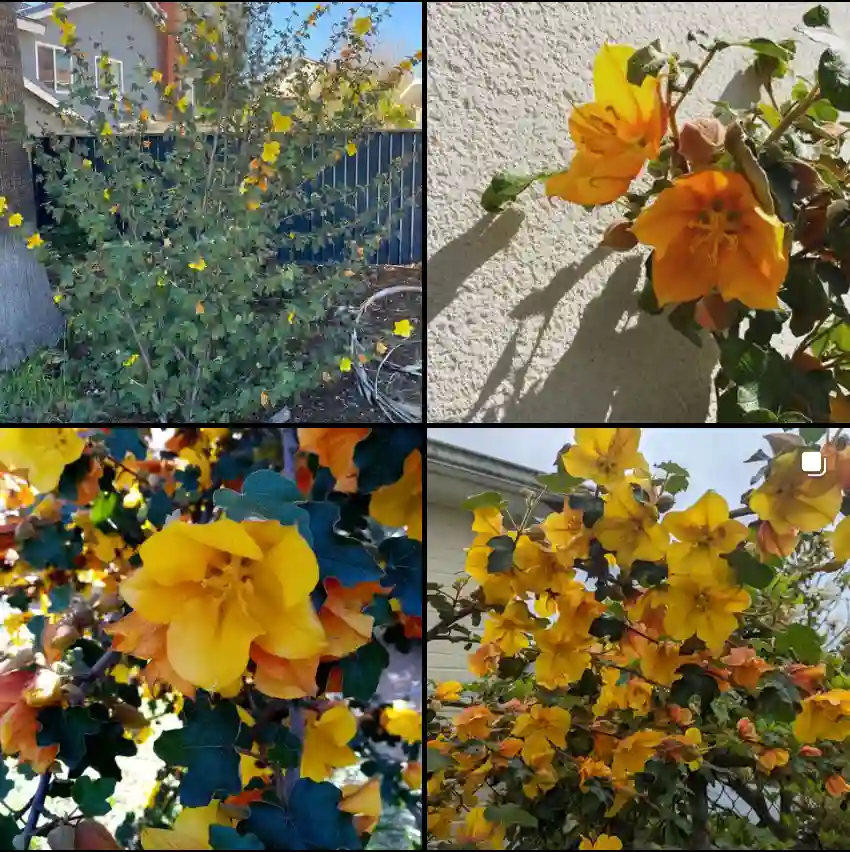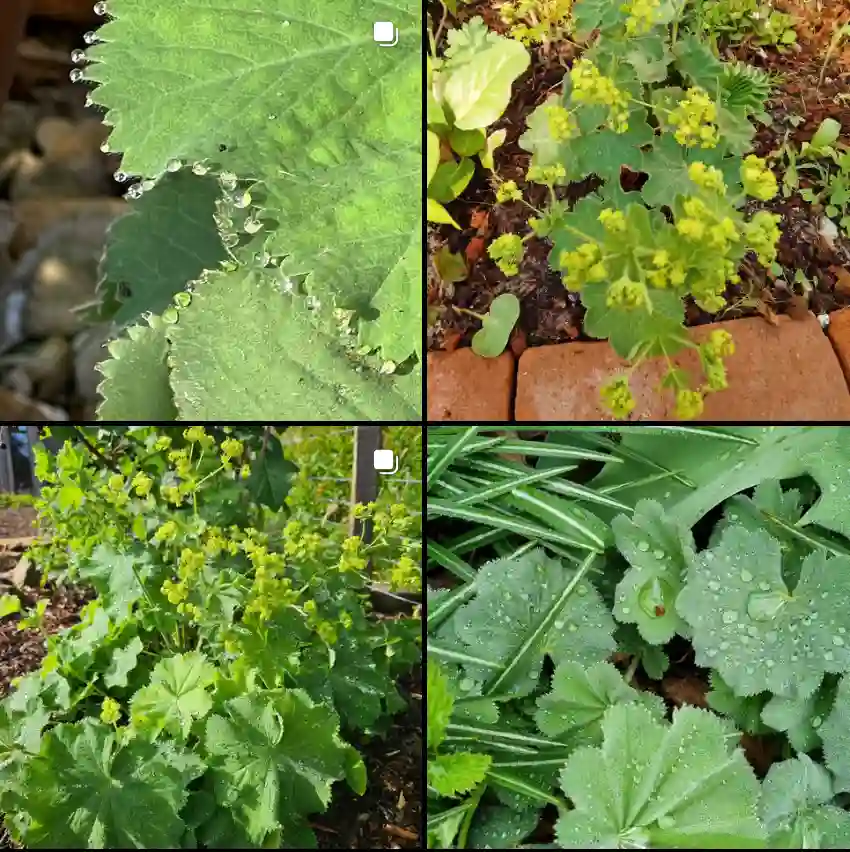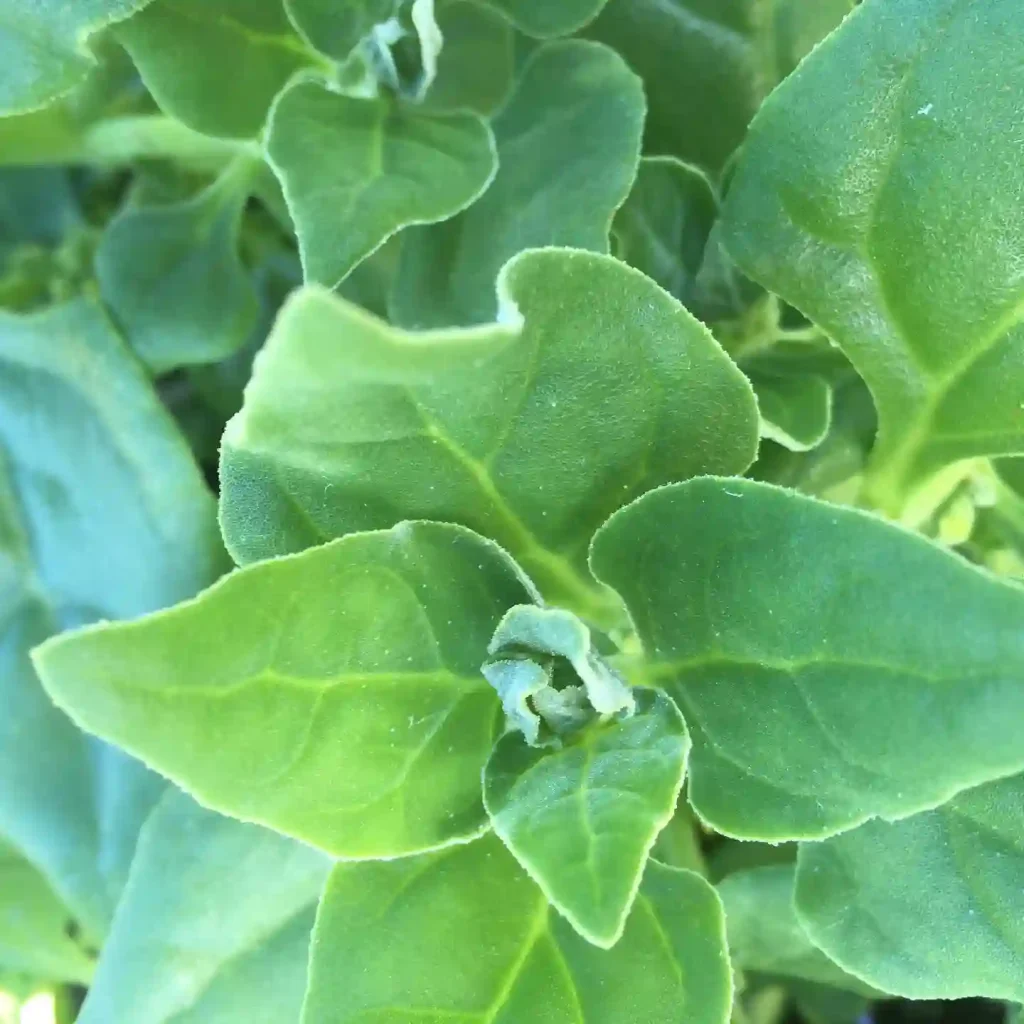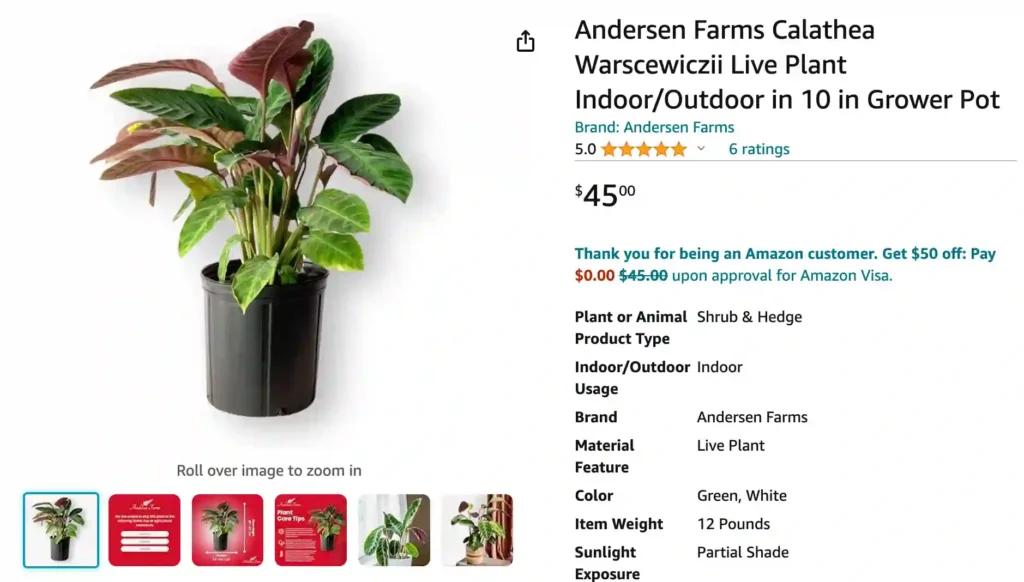
I. Introduction: Unveiling the Jungle Velvet
The Calathea warscewiczii, affectionately known as the “Jungle Velvet Calathea” or “Velvet Plant,” stands as a testament to nature’s artistry, captivating plant enthusiasts with its exquisite foliage and unique characteristics. Its lush beauty and dynamic presence bring a touch of the rainforest’s vibrant understory into indoor environments, making it a focal point in any plant collection. This report embarks on a multi-year exploration of cultivating this magnificent plant, tracing its journey from a young specimen to a mature, thriving centerpiece, highlighting critical milestones and the nuanced care required for its sustained vitality. This time-lapse approach provides a comprehensive understanding of its developmental stages and the consistent environmental management necessary for its success.
One of the most intriguing aspects of Calathea warscewiczii, shared with many members of its family, is its designation as a “living plant” or “prayer plant”. This moniker stems from the fascinating phenomenon of nyctinasty, where its leaves actively move throughout the day, opening wide to capture light and then folding upwards at night as if in prayer. This daily rhythm is not merely a charming quirk; it is a direct indicator of the plant’s profound sensitivity to light and its active biological processes. When a
Calathea warscewiczii ceases this characteristic movement, it signals a state of stress, often due to suboptimal environmental conditions. This responsiveness underscores the plant’s delicate nature and its inherent demand for precise, consistent care, challenging the cultivator to observe and respond to its subtle cues. The captivating movement, while enhancing its ornamental appeal, also serves as a continuous reminder that this is a plant that actively communicates its needs, requiring more attentive stewardship than many other houseplants.
II. The Botanical Tapestry: Understanding Calathea Warscewiczii
Scientific Classification & Common Names
Calathea warscewiczii is scientifically classified as Goeppertia warscewiczii, following a recent reclassification from its former genus, Calathea. It belongs to the Marantaceae family, commonly known as the arrowroot family, a group renowned for its strikingly patterned foliage. Beyond its scientific nomenclature, it is widely recognized by several evocative common names, including “Jungle Velvet Calathea,” “Velvet Plant,” and sometimes, though less accurately for its genus, “Prayer Plant”. These names aptly describe its distinctive tactile and visual qualities.
Native Habitat & Origin Story
This tropical evergreen perennial originates from the humid jungles of Central and South America, with its native range specifically encompassing areas like Costa Rica, Nicaragua, and Brazil. In its natural environment,
Calathea warscewiczii thrives on the rainforest floor, nestled beneath the dense canopy of taller trees. This understory existence dictates its preference for warm, highly humid conditions and filtered, indirect light, mimicking the dappled sunlight that penetrates the overhead foliage. Understanding this native habitat is paramount, as it directly informs the optimal indoor conditions required for its successful cultivation.
Physical Characteristics
The most striking feature of Calathea warscewiczii is its magnificent foliage. The leaves are large and lanceolate, characterized by a deep, rich green background adorned with an attractive feathered or fishtail pattern in a lighter green on their upper surface. What truly sets this species apart is its soft, velvety texture, a result of tiny hairs covering the leaf surface, making it a tactile as well as a visual delight. The underside of each leaf presents a dramatic contrast, showcasing a rich purple or maroon hue. This purple underside is not merely aesthetic; it serves a crucial evolutionary purpose. In its low-light rainforest habitat, after sunlight passes through the green chlorophyll on the upper surface, the purple pigments on the underside reflect the useful parts of the light spectrum back through the leaf. This ingenious adaptation allows the plant to effectively consume twice as much light, maximizing photosynthesis in limited light conditions and contributing directly to its survival.
Calathea warscewiczii exhibits an upright, bushy growth habit, with its large leaves borne on long stems. As it matures, it can achieve a substantial size, reaching heights and spreads of approximately 3 to 4 feet (90 to 120 cm), making it a significant houseplant capable of serving as a focal point in interior plant arrangements.
While primarily celebrated for its foliage, Calathea warscewiczii can, on occasion, produce flowers when cultivated indoors, a relatively rare occurrence for many Calathea species. These blooms are white and cone-shaped, emerging as creamy white, then gradually transitioning to yellow and finally a pinkish shade. The bracts spirally arranged around the cone fold over the edge, giving the entire inflorescence a rose-like appearance when viewed from above.
Unique Facts & Benefits
Beyond its captivating appearance, Calathea warscewiczii offers several notable attributes. As previously mentioned, its nyctinastic leaf movement, often accompanied by a subtle rustling sound in quiet environments, provides a dynamic element to its presence, reinforcing its “living plant” designation. This daily ritual is a clear indicator of its environmental responsiveness.
Furthermore, Calathea warscewiczii is a safe choice for households with pets and children, as it is non-toxic to cats, dogs, and humans. However, it is prudent to note that its sap may cause mild irritation to sensitive skin.
Beyond its ornamental value and pet-friendly nature, this plant contributes positively to indoor air quality. It is recognized for its air-purifying capabilities, actively filtering out common indoor pollutants such as benzene, formaldehyde, and toluene, which are often emitted from furniture, paints, and cleaning products. This characteristic enhances its appeal, transforming it from a mere decorative item into a beneficial component of a healthy living environment.
III. The 5-Year Time-Lapse Cultivation Journey
Cultivating Calathea warscewiczii is a rewarding endeavor, though it demands a consistent and attentive approach. This section outlines the typical progression and care considerations over a multi-year period, providing a structured guide for successful long-term cultivation.
Year 1: Foundation and Early Growth
The initial year is crucial for establishing a healthy foundation for the Calathea warscewiczii. Typically, plants are acquired at a young stage, often ranging from 2 to 16 inches in height, depending on the nursery pot size (e.g., 2-inch to 6-inch pots). At this stage, the plant’s primary focus is on root establishment and initial leaf production.
Light Requirements: Mimicking its native understory habitat, Calathea warscewiczii thrives in bright, indirect light. Direct sunlight is detrimental, as it can scorch the delicate leaves, causing brown spots and fading of the vibrant patterns. An ideal placement is near a north- or east-facing window, or several feet away from a south- or west-facing window, with sheer curtains to diffuse intense light. In winter, when natural light levels are lower, a slightly brighter spot might be tolerated, but direct sun should still be avoided.
Watering Protocol: Consistent moisture is key for this plant, but it is highly susceptible to root rot if the soil remains soggy. The recommended approach is to allow the top inch or two of soil to dry out slightly before watering again. Watering should be thorough, ensuring water drains from the bottom of the pot, but excess water should never be allowed to sit in the drip tray. The quality of water is also critical;
Calathea warscewiczii is sensitive to fluoride and other chemicals commonly found in tap water, which can lead to brown leaf tips and edges. Distilled water, rainwater, or filtered tap water (left to sit for 24 hours to allow chlorine to dissipate) are highly recommended.
Humidity Requirements: High humidity is non-negotiable for Calathea warscewiczii, ideally above 60%. Low humidity is a primary cause of brown leaf tips and edges, and curling leaves. Strategies to maintain high humidity include placing the plant in a naturally humid room like a bathroom, using a humidifier, grouping plants together to create a microclimate, or placing the pot on a pebble tray filled with water (ensuring the pot doesn’t sit in the water). While misting can provide a temporary boost, consistent methods are more effective.
Soil and Temperature: A well-draining, peat-based potting mix is suitable, often amended with perlite or bark to improve drainage and aeration while retaining adequate moisture. The plant thrives in stable temperatures between 65°F (18°C) and 75°F (24°C), with some sources indicating tolerance up to 80°F (27°C). Sudden temperature drops and cold drafts must be avoided, so positioning the plant away from open windows, drafts, and radiators is crucial.
Year 2-3: Maturation and Steady Progress
As the Calathea warscewiczii enters its second and third years, it typically transitions from a compact young plant to a more substantial, maturing specimen. Its growth rate is generally described as slow to moderate, with noticeable but not rapid increases in size over years. During this period, consistent care practices become even more vital to support its development.
Repotting: Repotting is typically required every 12-18 months or every 2-3 years, or when the plant becomes root-bound, indicated by roots emerging from drainage holes or stunted growth despite proper care. The optimal time for repotting is during spring, coinciding with the plant’s active growth phase. When repotting, it is crucial to minimize root disturbance, as
Calathea warscewiczii is sensitive to such interventions. A good practice involves watering the plant the day before and gently removing it from its current pot, taking care to preserve the root ball’s integrity. The new pot should only be 1 to 2 inches larger than the old one, and filled with a fresh, well-draining, peat-based potting mix.
Fertilization: During the active growing season (spring and summer, typically March to September), Calathea warscewiczii benefits from monthly fertilization. A diluted, balanced liquid houseplant fertilizer is recommended, often at 1/4 to 1/2 the manufacturer’s recommended strength. Over-fertilization should be avoided, as it can lead to salt buildup in the soil, which manifests as brown leaf tips and edges. During fall and winter, when the plant’s growth naturally slows or enters a dormant phase, fertilization should be reduced or ceased entirely. Periodically flushing the soil with distilled or filtered water helps prevent salt accumulation.
Pruning and Cleaning: Calathea warscewiczii generally requires minimal pruning, primarily for aesthetic purposes and to encourage healthy new growth. Yellow, brown, or damaged leaves should be trimmed at their base using clean, sharp shears. This practice removes energy sinks and improves the plant’s overall appearance. Due to their velvety texture, the leaves are difficult to clean with a cloth. Instead, a gentle shower every now and then can help remove dust buildup. Alternatively, wiping leaves with a damp cloth (using distilled water) is effective. Avoid using leaf shine products, as they can damage the delicate foliage.
Year 3-5: Flowering and Advanced Care
In its more mature years, a well-cared-for Calathea warscewiczii may occasionally surprise its cultivator with blooms. While flowering indoors is rare for many Calatheas, warscewiczii is one of the species known to produce its distinctive white, cone-shaped flowers in an indoor setting. The appearance of these flowers signifies optimal growing conditions.
Flowering Cycle and Dormancy: If flowering occurs, it typically happens “every now and then”. After blooming, the plant may enter a period of dormancy, where the foliage dies back. This is a natural part of its life cycle and not necessarily a sign of distress. During this dormancy, the plant’s energy is redirected to its rhizomes (underground stems), from which new growth will eventually emerge. To facilitate recovery, the soil can be allowed to dry out completely, and the plant can be kept in a dark, cool place for a couple of months. When ready for regrowth, it should be moved to a warm, humid spot with plenty of diffused light, and watering should be slowly reintroduced. A weak solution of cold-brewed black tea or a mild fertilizer can act as a trigger for new growth. It can take several months for new shoots to emerge from the rhizomes, so patience is essential during this recovery phase.
Propagation by Division: As the plant matures and forms a dense clump, propagation by division becomes a viable method to create new plants or manage its size. The best time for division is during spring or autumn, when temperatures are moderate and light levels are balanced, providing ideal conditions for root establishment. The process involves carefully removing the plant from its pot, gently separating the root ball into sections, ensuring each new section has ample roots and at least one shoot. These divisions are then potted into new containers with well-draining potting mix and kept in a humid environment with indirect light, with consistent moisture but avoiding waterlogging. Rooting hormone can be applied to enhance root development and increase success rates. Initial growth may be slow as the new plants adjust and develop roots.
IV. Common Challenges & Solutions
Despite diligent care, Calathea warscewiczii can exhibit signs of distress, earning it a reputation as a “drama queen” among houseplants. Understanding the common problems and their solutions is crucial for maintaining its health and aesthetic appeal.
Watering Issues
- Curling Leaves: This is a common indicator of either underwatering or insufficient humidity. If the top few inches of soil are dry, the plant needs water. If the soil is moist, increased humidity is likely the solution.
- Drooping Leaves: Similar to curling, drooping leaves often signal that the soil has dried out too much. Watering thoroughly should revive the plant within a few hours. It is important to distinguish this from the natural nyctinastic movement, where leaves appear droopy during the day and rise at night.
- Yellow Leaves: Overwatering is the most frequent cause of yellowing leaves, as it can lead to root rot. However, occasional yellowing of lower, older leaves is normal, especially in winter.
- Root Rot: This serious condition occurs when the soil remains waterlogged, depriving roots of oxygen and fostering fungal growth. Symptoms include mushy stems, yellowing leaves, and a rotten smell from the soil.
- Treatment: Immediate action is required. Remove the plant from its pot, gently wash off all soil to expose the roots, and trim away any brown, mushy, or rotten sections back to healthy, firm, white roots. Tools should be sterilized between cuts to prevent spreading pathogens. An optional step involves treating the remaining healthy roots with a systemic fungicide. Repot into fresh, well-draining soil in a clean pot (or a sterilized old one), potentially downsizing the pot if significant root mass was lost. Ensure the new pot has ample drainage holes. After repotting, maintain consistent, light moisture without overwatering, allowing the top layer to dry between waterings.
Humidity & Water Quality Issues
- Brown Edges/Tips: This is a hallmark symptom of low humidity or sensitivity to chemicals (like fluoride and chlorine) in tap water.
- Solution: Increase ambient humidity using humidifiers, pebble trays, or grouping plants. Use distilled, rainwater, or pre-treated tap water.
- Salt Buildup: Minerals from hard tap water and excess fertilizer can accumulate as a white, crusty substance on the soil surface or pot rim. This buildup can hinder water absorption and burn root tips.
- Flushing Procedure: To remove accumulated salts, a technique called “flushing” or “leaching” is employed. This involves pouring a large volume of water through the soil until it drains freely from the bottom. A general guideline is to use twice the volume of water as the container holds (e.g., 20 cups for a 10-cup pot). This process should be repeated after 30-60 minutes and performed every six months or so to prevent damage. Using ion-free water like reverse osmosis (RO) or distilled water for flushing is ideal.
Light-Related Issues
- Fading Leaf Color/Pattern: Insufficient light can cause the vibrant patterns of the leaves to fade and growth to become weak.
- Solution: Move the plant to a brighter spot with indirect light.
- Scorched Leaves/Brown Spots: Direct sunlight is too intense for Calathea warscewiczii and will burn its delicate leaves, leading to dry, brown spots.
- Solution: Relocate the plant to an area with diffused or indirect light.
Pests & Diseases
Calathea warscewiczii is generally robust but can fall prey to common houseplant pests and fungal issues, especially when environmental conditions are not optimal.
- Spider Mites: These minute arachnids thrive in dry conditions and are a common nemesis for Calatheas, causing fine webbing, yellow spots, and discolored foliage.
- Treatment:
- Isolation: Immediately isolate infected plants to prevent spread.
- Manual Removal: Wipe down leaves (especially undersides) with a damp cloth to physically remove mites and webbing. Strong water jets can also dislodge them.
- Pesticides/Natural Remedies: Apply insecticidal soap, neem oil, or horticultural oil, ensuring thorough coverage of all leaf surfaces. These products smother or interfere with mite life cycles. Systemic insecticides can also be used. Diluting stronger treatments for Calatheas is often recommended due to their delicate leaves.
- Prevention: Regular inspection, maintaining high humidity (which spider mites dislike), and quarantining new plants are crucial preventative measures.
- Treatment:
- Thrips: These minute, winged insects feed on leaves, causing discoloration, stunted growth, and potentially transmitting viruses.
- Treatment: Similar to spider mites, isolation, manual removal (wiping leaves, water sprays), and application of insecticidal soap or neem oil are effective. Heavily infested leaves should be removed. Yellow or blue sticky traps can capture adult thrips. Systemic insecticides can also be used to break their life cycle.
- Fungal Diseases (Leaf Rot, Mushrooms, Spots, Dark Blotch, Leaf Blotch, Soil Fungus): These are often linked to overly damp soil, poor air circulation, or high humidity. Symptoms include yellowing, wilting, discolored growth, and various spots on leaves.
- Treatment: Remove infected leaves to reduce pathogen spread. Improve plant spacing for better air circulation. Apply suitable fungicides as directed. For soil fungus, repotting into fresh, well-draining soil may be necessary.
- Prevention: Maintain proper watering practices (avoiding waterlogging), ensure good air circulation, and practice regular sanitation (cleaning growing areas, sterilizing tools).
V. Comparison with Other Calatheas & Marantas
Calathea warscewiczii belongs to a diverse family, and understanding its distinct characteristics relative to other popular Calatheas and its close relatives, the Marantas, helps in informed plant selection and tailored care. Both Calatheas (now largely Goeppertia) and Marantas belong to the Marantaceae family, leading to frequent confusion, but they are distinct genera.
Calathea warscewiczii vs. Other Calathea Varieties
The Calathea genus boasts an “endless variety of foliage” with striking patterns and diverse leaf shapes. While all Calatheas generally prefer bright, indirect light, high humidity, and consistently moist soil , their specific appearances and subtle care nuances differ:
- Calathea warscewiczii (Jungle Velvet): Distinguished by its large, velvety, deep green leaves with a lighter feathered pattern and rich purple undersides. Its texture is a key differentiator. It has an upright, bushy growth habit.
- Calathea Orbifolia: Known for its large, round leaves adorned with delicate silvery or white stripes. It can grow significantly larger than some other varieties, making a bold statement. It is noted for being more finicky with humidity and moisture, requiring diligent watering due to its large leaf surface area.
- Calathea Zebrina (Zebra Plant): Features striking velvety dark green surfaces with vivid light green or yellow stripes, resembling a zebra’s pattern, and long stalks. It also thrives in high humidity and indirect light, requiring regular watering, but is particularly sensitive to overly wet conditions leading to root rot.
- Calathea Roseopicta ‘Rosy’: Offers a splash of pink and purple, making it more vibrant but less subtle than warscewiczii. Its leaves are less sensitive to light conditions compared to some others.
- Calathea Rufibarba (Furry Feather Calathea): Features textured, velvety leaves, often deep green with maroon undersides, and a feathery appearance without distinct patterns. Its leaves are less sensitive to light than some other Calatheas.
- Calathea Musaica: Stands out for its intricate leaf patterns resembling a mosaic, with a fine, green network of lines.
- Calathea White Fusion: Offers striking white and green variegation, making it quite challenging to care for due to sensitivity to dry air.
Calathea vs. Maranta (True Prayer Plants)
While both Calatheas and Marantas belong to the Marantaceae family and share a preference for low light and high humidity, they exhibit key differences:
- Nyctinasty (Leaf Movement): The most significant distinction is the “prayer plant” behavior. Only Maranta plants are considered “true prayer plants” because their leaves distinctly fold closed at night in a response called nyctinasty, resembling hands in prayer. Calatheas, including warscewiczii, do not perform this dramatic folding motion in the same way, though their leaves may lift or lower.
- Growth Habit: Maranta species are typically low-growing plants with spreading stems, making them well-suited for hanging pots where their foliage can dangle appealingly. Calatheas, conversely, tend to have a shrubbier, upright, bushy growth habit and generally do not require pruning to maintain their shape.
- Leaf Appearance: Marantas often feature distinct vein and rib markings, with bold striped patterns in deep red or lime green (e.g., Maranta leuconeura). Calatheas display a wider range of leaf forms (rounded, oval, lance-shaped) and patterns that can appear painted or resemble animal prints.
- Temperature Tolerance: Marantas are generally more tolerant of cooler temperatures than Calatheas, which can suffer if temperatures fall below 60°F (16°C).
- Propagation: Marantas are relatively easy to propagate through stem cuttings rooted in water. Calatheas are primarily propagated by division of their rhizomes during repotting.
- Water Sensitivity: Both prefer distilled or filtered water due to sensitivity to tap water chemicals, but Calatheas are often described as more “drama queens” in this regard.
VI. Conclusion
The Calathea warscewiczii, or Jungle Velvet Calathea, is an exquisite tropical perennial that offers profound aesthetic and air-purifying benefits to indoor environments. Its striking velvety foliage with contrasting green patterns and purple undersides, coupled with its unique nyctinastic leaf movements, makes it a highly engaging and rewarding plant for dedicated cultivators.
Successful long-term cultivation of Calathea warscewiczii hinges on a meticulous understanding and consistent application of its specific environmental needs, which are deeply rooted in its native rainforest understory habitat. The plant’s sensitivity to light, water quality, and humidity is not merely a preference but a direct reflection of its evolutionary adaptations. The purple undersides of its leaves, for instance, are a sophisticated mechanism to maximize light absorption in dim conditions, underscoring the critical importance of bright, indirect light in cultivation. Similarly, its dramatic leaf movements serve as a clear, immediate indicator of environmental stress, prompting timely adjustments in care.
Over a multi-year cultivation period, the plant progresses through distinct stages, from initial establishment to mature growth and potential flowering, each requiring tailored attention. Consistent watering with appropriate water quality, maintaining high humidity, and providing diffused light are foundational. Proactive management of common issues such as root rot, brown leaf tips, and pest infestations (particularly spider mites) is essential. These problems often stem from deviations in the plant’s preferred conditions, highlighting the interconnectedness of light, water, and humidity in its overall health. For example, low humidity not only causes cosmetic damage like brown tips but also creates an environment conducive to spider mite proliferation, demonstrating how one suboptimal condition can cascade into multiple plant health issues.
While Calathea warscewiczii may present challenges, its non-toxic nature and air-purifying capabilities further solidify its value as a houseplant. Its distinct characteristics, when compared to other Calatheas and Marantas, emphasize its unique care profile and visual appeal. Cultivating this plant is a journey of observation and responsiveness, where understanding its biological signals and providing a stable, humid, and indirectly lit environment will lead to a thriving specimen that truly embodies the majesty of the jungle velvet.
If i die, water my plants!
